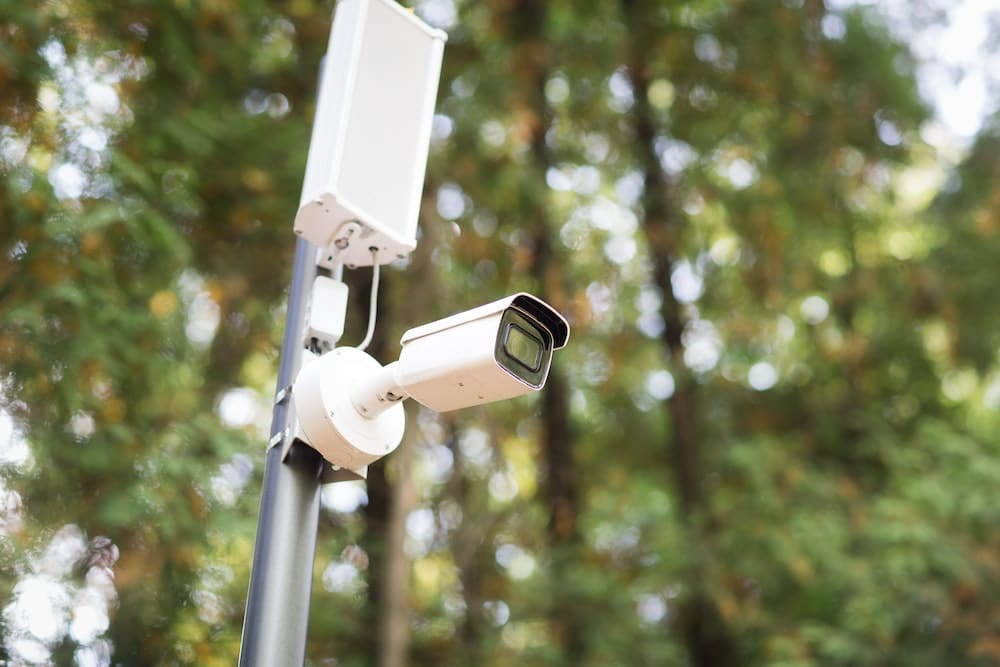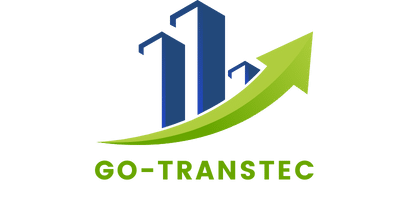What are the legal requirements for UK businesses to conduct health surveillance of employees?

Whether you're running a small business or a multinational corporation, the health and safety of your employees should be one of your primary concerns. In the UK, you have specific legal obligations when it comes to health surveillance in the workplace. This article outlines the key aspects of these requirements, offering essential guidance to help employers understand their responsibilities under the UK law.
Understanding Health Surveillance and its Importance
Health surveillance is a system of ongoing health checks. These checks are designed to detect early signs of work-related ill health among employees who are exposed to certain risk factors. The surveillance is meant to protect employees by detecting ill health at an early stage so that employers can introduce better controls to prevent their health from getting worse.
Cela peut vous intéresser : What legal considerations must UK businesses observe when monitoring employee communications?
In the workplace, its importance can't be overstated. Health surveillance aids in assessing the effectiveness of measures implemented to control risks at work. It also helps employers to understand any harm that their employees may be at risk of, based on their occupational activities.
The Legal Requirements for Health Surveillance
Under the UK law, specifically the Health and Safety at Work Act 1974 and the Management of Health and Safety at Work Regulations 1999, employers have a legal duty to protect the health, safety and welfare of their employees. This includes conducting health surveillance where appropriate.
En parallèle : How can UK businesses ensure their website complies with the Cookie Law?
The legal requirements for health surveillance are set out in the Control of Substances Hazardous to Health Regulations (2002), the Noise at Work Regulations (2005), and the Control of Vibration at Work Regulations (2005). These laws mandate that employers must conduct health surveillance for employees exposed to noise, vibration, solvents, fumes, dust, biological agents and other substances hazardous to health.
Employers must establish a system to conduct health surveillance where the work is likely to lead to an identifiable disease or adverse health condition, there is valid technique for detecting early signs of the disease and there is a reasonable chance that the disease may occur under the conditions of the worker’s job.
Conducting Health Assessments
Health surveillance often involves initial and regular health checks, sometimes including a clinical examination by a qualified health professional. The aim of health surveillance is to identify early signs of ill health or disease so that action can be taken to treat the condition and prevent further damage.
As part of the health surveillance process, employers are required to keep a health record for each employee under surveillance. This record should include data about the employee's exposures and the outcomes of any health surveillance undertaken.
It's also worth noting that under the Data Protection Act 2018, employers must ensure that the personal information collected during health surveillance is kept confidential, and is used only for purposes related to protecting the health and safety of the employees.
Emphasizing Employee Involvement and Communication
Effective communication is vital in any health surveillance program. Employers must ensure that workers understand the purpose and benefits of health surveillance. They should be informed about their results and what they mean. If health surveillance identifies that an employee is suffering from a work-related disease, they should be informed promptly and given clear guidance on the next steps.
Employee involvement is key to the success of health surveillance programs. Employers must ensure that their workers understand the reasons why they are under surveillance, the potential risks they might be exposed to, and the measures in place to protect them. It's also essential to reassure employees that they will not be disadvantaged by participating in the program.
Ensuring Compliance and Avoiding Legal Pitfalls
In the UK, the Health and Safety Executive (HSE) is responsible for enforcing health and safety laws. Employers who fail to meet their legal obligations can face enforcement action, including prosecution, by the HSE.
To ensure compliance, it's important for employers to keep up-to-date with the latest laws and regulations related to health surveillance. Regular training and professional advice can be valuable resources in this regard. Employers should also consider seeking legal advice to ensure they are fully compliant with all their obligations under the health and safety law.
Remember, health surveillance is not about prying into your employees' personal lives, but about ensuring their health and safety at work. As an employer, it's your legal and ethical duty to ensure your workers are safe and healthy in their workplace.
Health Surveillance and Occupational Health Services
Occupational health services play a vital role in implementing health surveillance programs. They provide essential services such as health screening, risk assessment, and advice on control measures to protect workers' health. These services are critical in identifying early signs of ill health due to workplace exposure and in implementing measures to halt further progression of diseases.
Health screening is an integral part of occupational health services and can take various forms depending on the nature of the job and the potential health risks involved. This could range from regular hearing tests for workers exposed to high levels of noise, lung function tests for those exposed to dust or chemical fumes, skin examinations for workers handling harmful biological agents, or manual handling assessments for employees engaged in lifting heavy loads.
Risk assessment, another crucial component, involves identifying potential hazards in the workplace and determining the level of risk they pose to workers' health. This helps in laying out appropriate control measures to minimise these risks and protect employee health. Control measures could include providing appropriate personal protective equipment, implementing safer work procedures, or making changes to the work environment.
The role of occupational health services extends beyond conducting health surveillance. They also offer advice to employers on how to promote general health and wellbeing amongst their employees, which can contribute to a more productive workforce. This could include promoting healthy eating, physical activity, and stress management.
The provision of occupational health services and the conducting of health surveillance should be seen as a strategic investment in maintaining the workforce's health and productivity. They are key in fulfilling the legal requirement and moral responsibility of businesses to safeguard their employees' health and safety.
The Conclusion: Fulfilling Legal Obligations and Ensuring Workplace Health Safety
In conclusion, health surveillance forms a crucial component of any organisation's health and safety strategy. Its importance extends beyond merely fulfilling a legal requirement. It can help prevent work-related diseases, promote a healthy work environment, and contribute to organisational success by ensuring a productive workforce.
Health surveillance involves a systematic approach including regular health checks and screenings, risk assessments, and effective control measures to protect workers' health. Occupational health services play an indispensable role in this process, offering expertise and guidance to businesses in conducting health surveillance and promoting overall employee health.
Remember, effective communication and employee involvement are key to a successful health surveillance programme. Employees must be aware of why health surveillance is being conducted, the possible health risks they might encounter, and the measures in place to protect them.
Data protection should be a priority during health surveillance. Employers must ensure that personal information collected during the process is strictly confidential and used solely for the purpose of protecting workers' health and safety.
Ultimately, the goal of health surveillance is to protect and promote the health of employees. As an employer, it’s crucial to stay updated with the latest health safety legislation, seek professional advice, and invest in occupational health services. This will ensure you meet your legal obligations, avoid potential legal pitfalls, and create a safe and healthy workplace for your employees.
